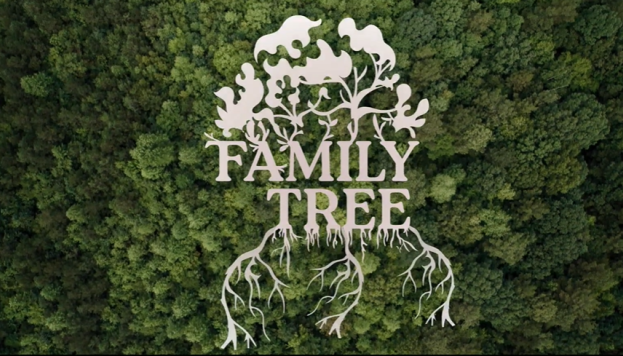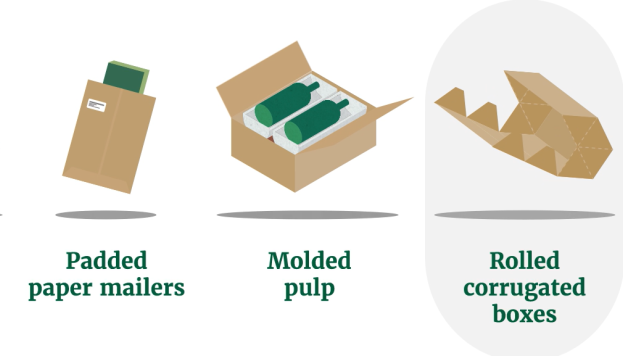Embracing Our Forest Success Story While Charting a Future Path

The more I learn about forests in the U.S., the more I understand it’s a complex story. What do I mean exactly? Well, because the Paper and Packaging Board is in the business of building preference for paper and paper-based packaging, we instinctively focus on the products' and the industry’s sustainability roots. We talk about paper companies’ commitment to local landowners and forests which provide a natural, renewable, non-fossil-fuel resource that can live many lives through a widely available recycling infrastructure.
The paper and packaging industry is proud of the contributions we make in growing and maintaining this much-needed natural resource and doing it all sustainably. In fact, many paper companies work hand in hand with mostly private landowners, both individuals and families, to grow trees at a rate higher than what gets used annually. And increasingly forests are being certified by independent organizations that ensure things like soil, water and wildlife are considered in everything we do.
We recently learned that 68% of all the paper consumed in 2021 was recycled and that the rate for corrugated remains strong at 91%. Our own Consumer Attitudes and Usage tracking study consistently shows preference for paper and packaging exceeds all other competing packaging materials. So we are telling our forest and recycling successes loud and proud even as we contemplate and acknowledge there is more to do.
However, the companies that fund our consumer campaign have been clear that we cannot be tone deaf to the remaining real challenges. It’s true, for instance, that deforestation isn’t the problem in the U.S. that it is elsewhere in the world, but that doesn’t mean American forests don’t face major challenges, too. For one thing, carbon capture and climate change are problems that don’t respect borders. For another, even as the forest products industry helps plant millions of trees at almost twice the rate of what they use, forestland throughout the country remains dangerously vulnerable to wildfires, drought, disease, insects and plain mismanagement. And finally, we know that the continued urbanization of the U.S. doesn’t generally favor the trees.
So, it’s not enough for us to be content with the health and growth of the wood baskets where we source pulp and wood. We have to figure out ways to apply the lessons we’ve learned over more than a century with everyone else who cares about American forests.
Likewise, when it comes to recycling, we’ve seen a dizzying array of process and product innovations that allows more kinds of paper products to be recycled. We continue to enjoy the highest recycling rate for packaging accounting for 3/4 of all packaging materials recovered according to the most recent EPA data. We’ve made real progress on the grades that can be recycled and the broader recycling system has been weathering a seemingly nonstop series of shocks for years from challenges in the global materials recovery market, to a crisis in confidence among consumers who learn their single stream recycling is being quietly landfilled as local recycling programs are cut to fund other community priorities.
We know paper can help fix what ails plastic recycling, but we can’t be sanguine about it. There remains a large gap between our aspirations—the things we know paper can do to replace less sustainable materials—and reality. Closing that gap is going to take more of the kind of investments our members have been making in research and infrastructure.
Whether it be the forests or recycling, we cannot rest on our legacy and leadership in both these arenas. And I know we won’t. Because the paper and packaging industry is just as often a critical part of the solution.






